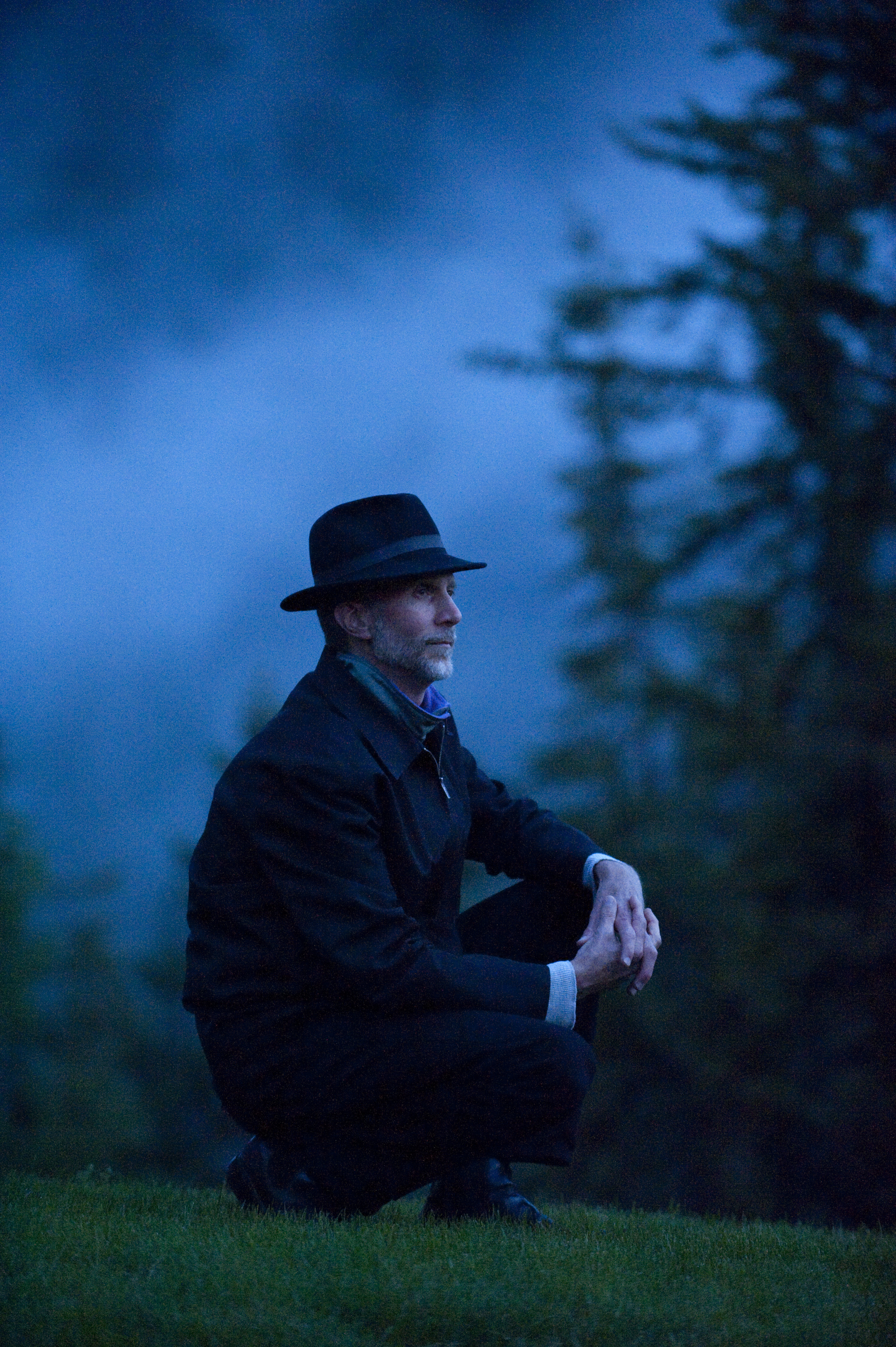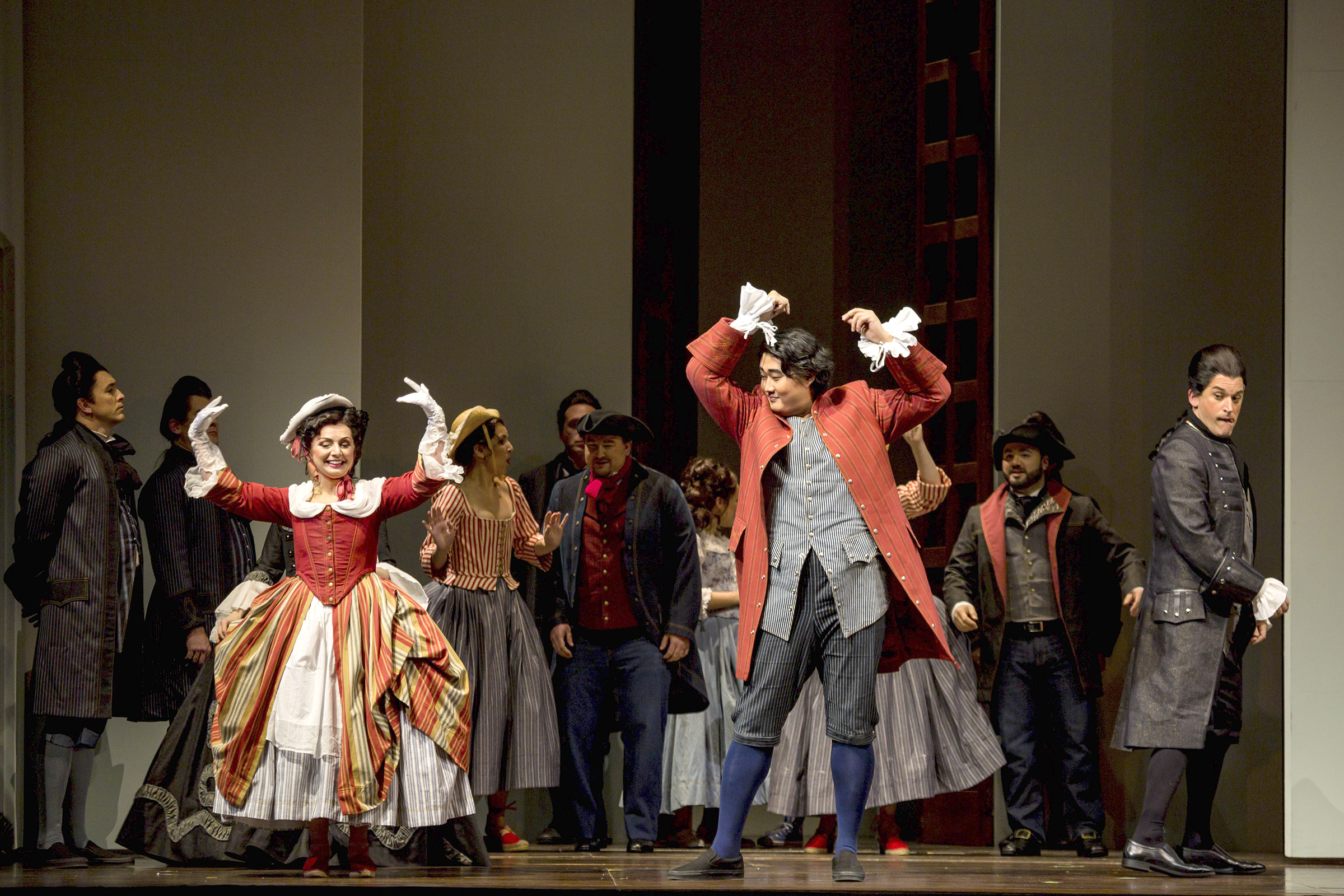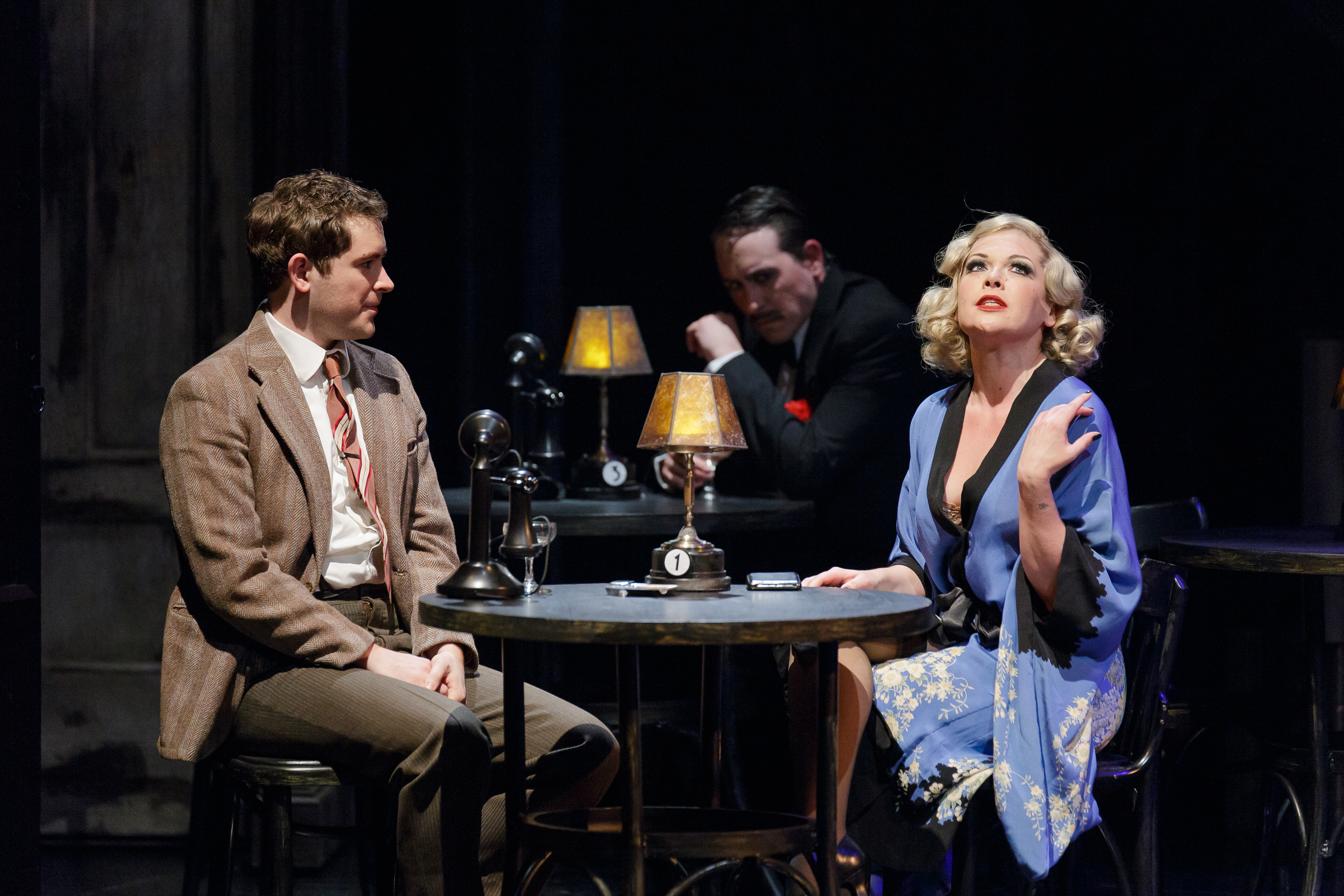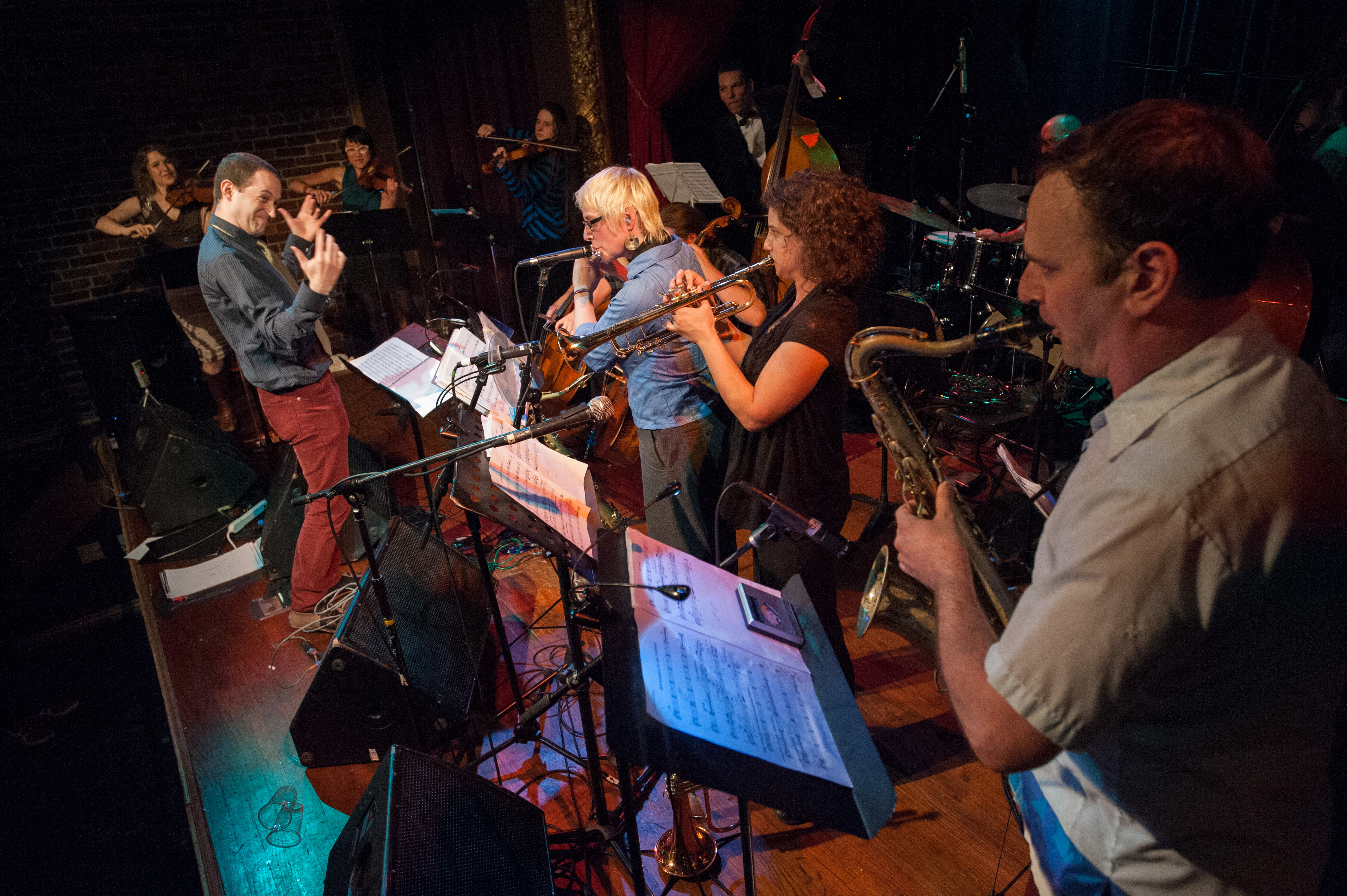In the top left corner of the first page of his score for Become Ocean, where most any other composer would put a simple metronome marking or an Italian direction, John Luther Adams wrote the single word “Inexorable.” It suggests not only the steady tempo of his new orchestral work—a commission from the Seattle Symphony, which will premiere it Thursday night—but the natural processes, outside of human control, that have inspired his approach to composition.
For the 42-minute work, Adams divides the orchestra into three subgroups: strings, winds, and brass, spatially separated on the stage, each joined by a handful of percussion, harps, piano, and celesta. It opens on a foundation—like a sea bed, to extend the metaphor—of basses and bass drum. Quiet rippling in the piano, percussion, and harps keep the surface motion active; trombones and bassoons join the long-tone bottom layer of basses; the upper strings soon enter with murmuring figuration. Become Ocean’s breadth and serenity evokes, as Adams’ music often does, the spaciousness and grandeur of nature—specifically of Alaska, where he’s lived since 1978 and served as the state’s unofficial composer laureate.
Like the waves alluded to in the title, the three instrumental groups move independently, each rising and falling at its own pace from pp to ff and back, one surging while another is ebbing. Even the work’s overall shape is a wave—an immense palindrome of growth and decay, ending as it began with basses and bass drum. “Like many of my works, Become Ocean folds back on itself,” Adams tells me in an e-mail interview. “This creates the sense of an endless loop, a sound that could continue infinitely.”
“Over the years my orchestral music has become simpler and more expansive,” he writes in the score’s preface. “When I first heard [Dark Waves, his previous orchestral piece], I began to wonder if I could sustain a similar sound for a longer span of time.” Become Ocean is the kind of immersive sonic experience we associate with museum installations or other ambient environments, replanted in the concert hall. In fact, the Seattle Art Museum is concurrently presenting Adams’ “meditative electronic soundscape” Veils and Vesper, installed over the length of the Venturi Grand Staircase (inside the museum’s southeast corner at University Street, free to the public through Friday).
“I want to inhabit the music,” Adams says. “I want the music to be a kind of wilderness”—music as something we are in, rather than something we observe from outside. For Adams, this is not merely a formal decision, but part of the work’s message: “We human animals have become dangerously alienated from this miraculous planet that is our home,” he says, and the title (quoting a poem John Cage wrote for fellow composer Lou Harrison) also alludes to the melting of the polar ice caps—coastal cities like Seattle may one day literally “become ocean.”
That’s not the work’s only connection to the city that begat it. Naturally, considering Adams’ concern with physical space, Become Ocean is a bespoke work—designed particularly for the Seattle Symphony and for Benaroya Hall. Elena Dubinets, the SSO’s vice president of artistic planning, tells me that the composer visited for “several on-site meetings at Benaroya, when John had the possibility to explore the hall, consider its acoustics, and make decisions regarding the instrumentation.” Beyond that—and a request from SSO music director Ludovic Morlot, who will conduct these premiere performances, that the work somehow relate to the Pacific Northwest—Adams had carte blanche. He seized the opportunity to produce an epic that stands to be one of the SSO’s most exciting and impressive unveilings in years.
gborchert@seattleweekly.com
SEATTLE SYMPHONY Benaroya Hall, Third Ave. & Union St., 215-4747, seattlesymphony.org. $19–$112. 7:30 p.m. Thurs., June 20; 8 p.m. Sat., June 22; 2 p.m. Sun., June 23.







